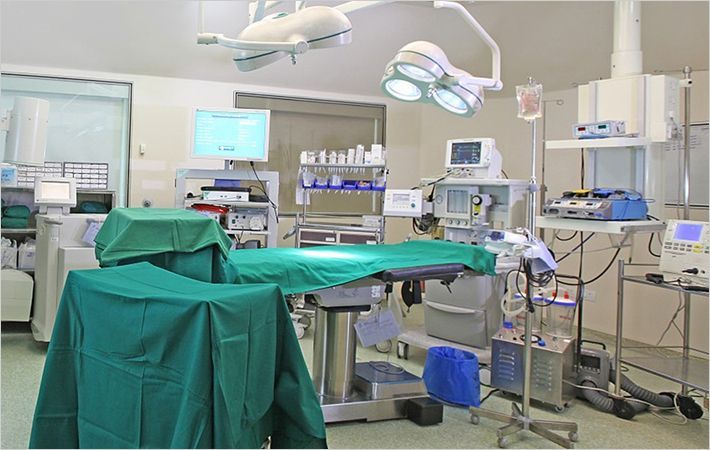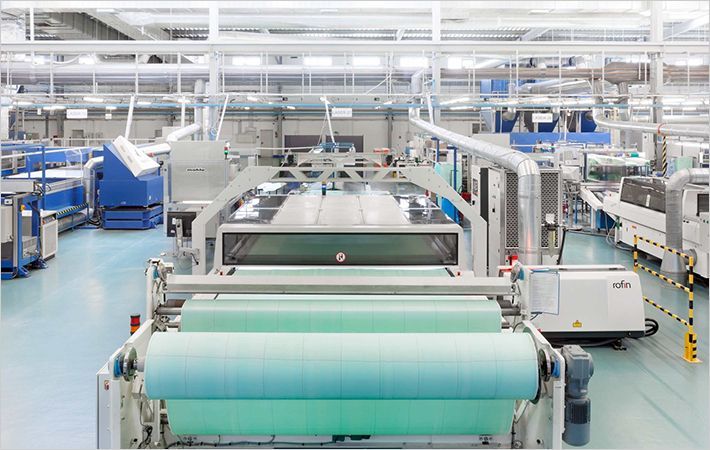The new approach to construction is described in a paper in the journal Science, co-authored by Kenneth Cheung and Neil Gershenfeld, director of MIT’s Center for Bits and Atoms.
Gershenfeld likens the structure — which is made from tiny, identical, interlocking parts — to chainmail. The parts, based on a novel geometry that Cheung developed with Gershenfeld, form a structure that is 10 times stiffer for a given weight than existing ultralight materials. But this new structure can also be disassembled and reassembled easily — such as to repair damage, or to recycle the parts into a different configuration.
The individual parts can be mass-produced; Gershenfeld and Cheung are developing a robotic system to assemble them into wings, airplane fuselages, bridges or rockets — among many other possibilities.
The new design combines three fields of research, Gershenfeld says: fiber composites, cellular materials (those made with porous cells) and additive manufacturing (such as 3-D printing, where structures are built by depositing rather than removing material).
With conventional composites — now used in everything from golf clubs and tennis rackets to the components of Boeing’s new 787 airplane — each piece is manufactured as a continuous unit. Therefore, manufacturing large structures, such as airplane wings, requires large factories where fibers and resins can be wound and parts heat-cured as a whole, minimizing the number of separate pieces that must be joined in final assembly. That requirement meant, for example, Boeing’s suppliers have had to build enormous facilities to make parts for the 787.
Pound for pound, the new technique allows much less material to carry a given load. This could not only reduce the weight of vehicles, for example — which could significantly lower fuel use and operating costs — but also reduce the costs of construction and assembly, while allowing greater design flexibility. The system is useful for “anything you need to move, or put in the air or in space,” says Cheung, who will begin work this fall as an engineer at NASA’s Ames Research Center.
The concept, Gershenfeld says, arose in response to the question, “Can you 3-D print an airplane?” While he and Cheung realized that 3-D printing was an impractical approach at such a large scale, they wondered if it might be possible instead to use the discrete “digital” materials that they were studying.
“This satisfies the spirit of the question,” Gershenfeld says, “but it’s assembled rather than printed.” The team is now developing an assembler robot that can crawl, insectlike, over the surface of a growing structure, adding pieces one by one to the existing structure.

